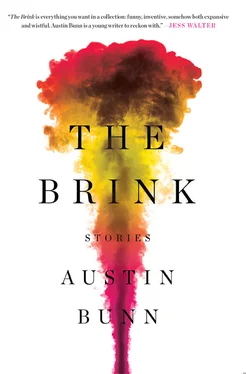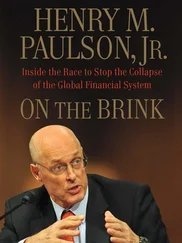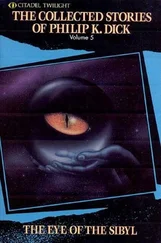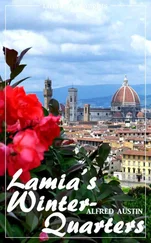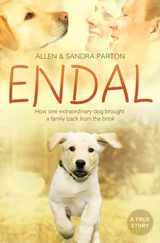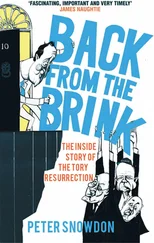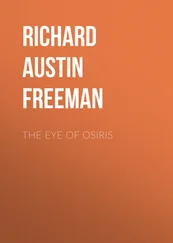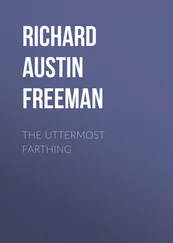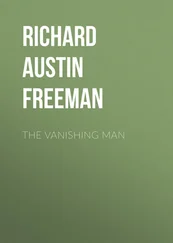What do you make of the apocalyptic or post-apocalyptic trend that has taken fiction, and particularly young adult fiction, by storm? How do you think this collection fits into that trend?
I spent seventh and eighth grade writing apocalyptic short stories — the apocalypse was the only thing I really felt comfortable writing about. And as far as I could tell, the apocalyptic sublime had long been literary gold: Poe’s The Narrative of Arthur Gordon Pym , Shackleton’s Antarctic misadventures, Stephen King’s The Stand and the Bachman Books , Lovecraft’s “At the Mountains of Madness,” Camus’s The Plague , Thomas Disch’s The Genocides , Harlan Ellison’s “I Have No Mouth and I Must Scream.”. . One thing fiction is good for is giving your mind’s eye something truly terrifying to think about: making your way through a dark Holland Tunnel full of corpses; life inside a machine that has taken over the planet; or an endless walk that is both a game and death march.
It’s the notion of a teenaged (and often female) protagonist in these newest scenarios — in a world of unparented other teens — that strikes me as genuinely novel and honors the anxieties of the echo-boom population of new readers. What I appreciate the most is their metabolism: the trust in pure story and propulsion. I like to think the stories in The Brink share some of the unnerving appeal of an off-kilter world and the raw nerve of change.
What is your draft process? Where do these stories begin?
When I begin drafting, I start with voice — the dramatist in me hears a story first: I think about register, attack, urgency. Chuck Palahniuk (and he would credit his mentor Tom Spanbauer for this) talks about “burnt tongue”—the idea that your protagonist enters the fiction needing to talk, having just survived something. For me, the first-person story was my starting point. The testimonial tradition (in stories like “Ledge” and “The End of the Age Is Upon Us”) has a relationship to the monologue in ways that I’m still understanding and exploring. Both my parents were language teachers, and it’s voice that grabs me first. That said, I’m a traditionalist when it comes to story structure. I believe fiction’s job is to show us some kind of encounter with difficulty and ultimately a choice, a sense of agency. It might be a limitation of mine, but I want to think stories do something for us, that we read for a reason, which is to understand transition. The short story is the ideal form for a distillation of those elements. So I hammer and hammer on story, trying to grasp where the narrative wants to go. And once I find an ending, then I spend days making the trip as vivid as I can.
One of the big questions about story collections for authors is know when they are done. What made you decide the book was finished?
Honestly? Failure. I had a novella I’d been working on for months that became years that became a file-cabinet drawer’s worth of notes, drafts, excisions, drawings (seriously), carefully curated encouraging feedback from friends that I consulted during my creative melancholias. . Screenwriters talk about “breaking a story,” and I like the resonance of that, that the narrative is wild and uncontrollable, and you need to rein it in. This one story just wouldn’t break. I had long imagined this novella as the capstone piece to the collection, but when I found myself revising its first page for the nth time, I finally decided to abandon it and see if the book could stand without it. Now I don’t even miss it. Letting it go was the most freeing thing I’ve ever done. I highly recommend it.
You’re a playwright, screenwriter, and fiction writer and have worked as a journalist. How do all these genres influence your fiction?
I’ve always been promiscuous genre-wise, and I can’t help but think that’s that part of the zeitgeist: novelist David Benioff writing for television, journalists like Mark Boal moving into film, filmmakers writing books. . It’s all writing. I always admired the writers with range — Joan Didion, John Sayles, Jess Walter, all of whom write nonfiction, novels, films. My own creative instincts tend to go to scene writing, even as a journalist, and in that way, they spill in a variety of directions. Increasingly, I’ve come to find the consolations of prose — the things that books do that other forms such as film don’t, like consciousness and interiority — a deep artistic reward. But one thing screenwriting teaches is economy, and how to have indefatigable energy and openness when it comes to revising. You have to keep showing up. You just have to. Then, one day, you look up and you’re done. 
Read on Austin Bunn Recommends
AMONG DOZENS of astoundingly good writers I might recommend — Kevin Brockmeier, Annie Dillard, Jess Walter, Sam Lipsyte, David Mitchell — I include these as potentially unexpected inspirations for the book in your hand.
Blindness , José Saramago: An absolutely mesmerizing speculative fiction about an epidemic of blindness that overtakes a South American city.
Selected Stories , Philip K. Dick: The metaphysical dilemmas, wrapped up in utterly accessible and driving science fiction.
War Fever , J. G. Ballard: What I love most about Ballard’s heady, sinister stories is their formal restlessness. In one story, a series of reports from within an unmanned space station turns into a Borgesian exploration of infinite scale. In another, the answers to a questionnaire reveal an assassination plot that boggles the mind.
Close Range, Annie Proulx: For muscle tone.
Childhood’s End , Arthur C. Clarke: The kind of book you read one way as a teenager and another way as an adult. It’s wickedly difficult to craft such tectonic shifts in perception, but this book has one for the ages. 
Discover great authors, exclusive offers, and more at hc.com
Deepest thanks to the editors who helped me with these stories: Hannah Tinti, Michael Ray, Andrew Snee, C. Michael Curtis. To the persevering Nathaniel Jacks at InkWell and the wonderful Emily Cunningham at HarperCollins, who believed. To the teachers along the way, Don Faulkner, Jackson Taylor, Sam Lipsyte, Samantha Chang, Jill McCorkle, Margot Livesey, Adam Haslett, and others. To friends and readers for encouragement and bullshit meters: Caitlin Horrocks, John Krokidas, Brian Leung, Josh Spanogle, Yahlin Chang, Kevin Moffett, Matthew Vollmer, Corinna Vallianatos, Mara Naselli, Nina Siegel, Nic Brown, Leslie Jamison, Anna Solomon, Michael Balliro. To my family, Colin, Mary, April, Mom, Slinky, and Bob.
